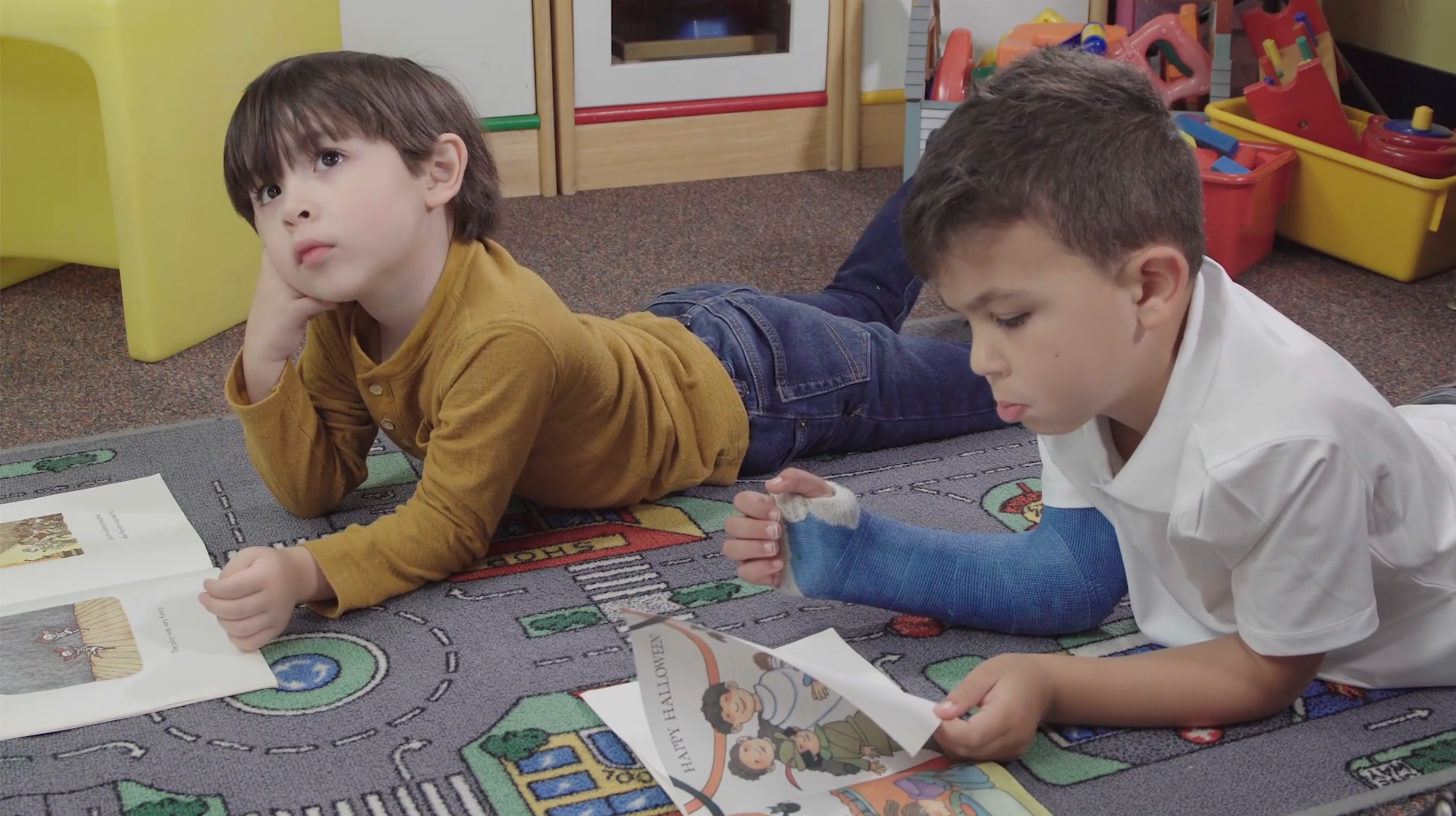Introduction
Educators working with special education students understand the importance of teaching social skills, including respecting personal space. Personal space is the invisible bubble around us that should be maintained when interacting with others. Teaching students about personal space can help them interact more comfortably with their peers and improve their overall social-emotional learning. This blog post will provide a no-prep activity, discussion questions, related skills, and next steps for teaching personal space to special education students.
No-Prep Activity
In this no-prep activity, the educator can use a simple, engaging exercise to teach students about personal space. The “Hands on Hips” activity requires no additional materials or preparation.
- Have students stand up and spread out in the room, ensuring they have enough space around them.
- Ask students to place their hands on their hips.
- Explain that if their hands or elbows are touching someone else, they are too close and should move away to maintain personal space.
- Have students practice walking around the room while keeping their hands on their hips, ensuring they maintain personal space with their peers.
This activity helps students visualize and understand the concept of personal space without requiring any additional materials or setup.
Discussion Questions
Stimulate further discussion and understanding with these questions:
- Why is it important to respect others’ personal space?
- How can you tell if someone is uncomfortable with the amount of personal space you are giving them?
- What are some situations where personal space might be different (e.g., in a crowded bus or at a family gathering)?
- How can we practice maintaining personal space in our everyday lives?
- What are some strategies for maintaining personal space when interacting with others?
Related Skills
Teaching personal space is just one aspect of social-emotional learning for special education students. Other related skills that can be taught alongside personal space include:
- Reading body language and nonverbal cues
- Active listening and communication
- Empathy and understanding others’ feelings
- Assertiveness and setting personal boundaries
- Respecting others’ differences and preferences
Next Steps
Are you interested in exploring more activities and resources for teaching personal space and other social-emotional learning skills? Sign up for free sample materials at Everyday Speech. These resources will provide you with a variety of engaging and effective activities to help your students develop essential social skills.











